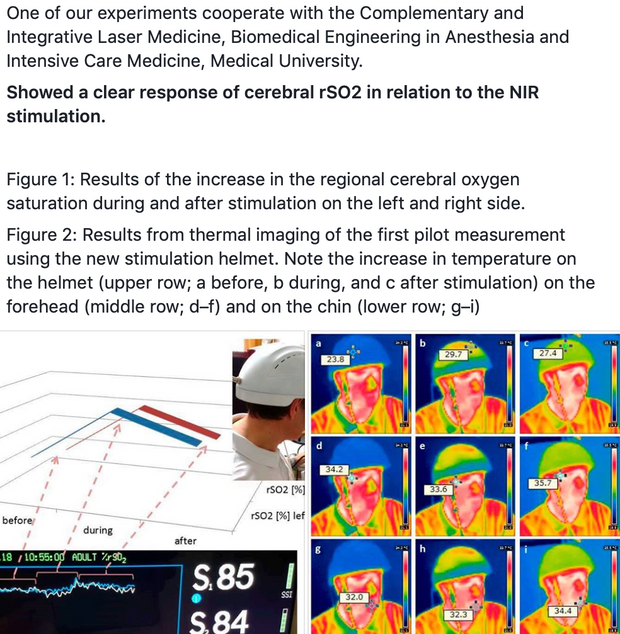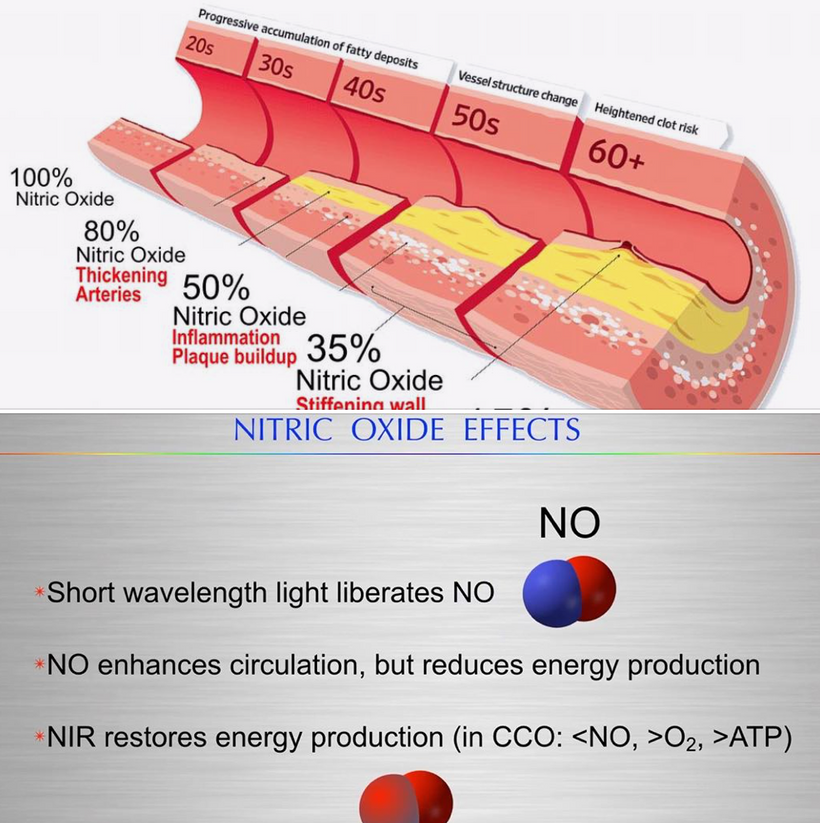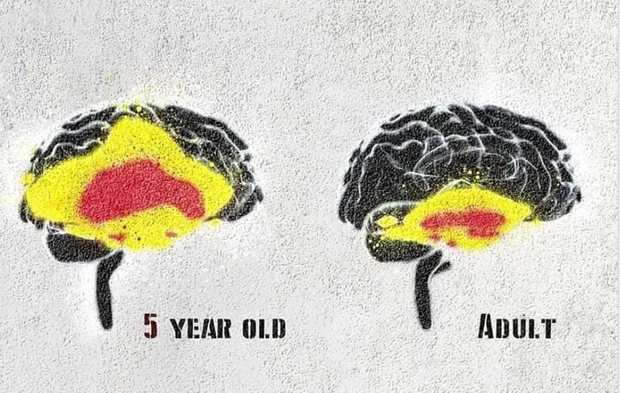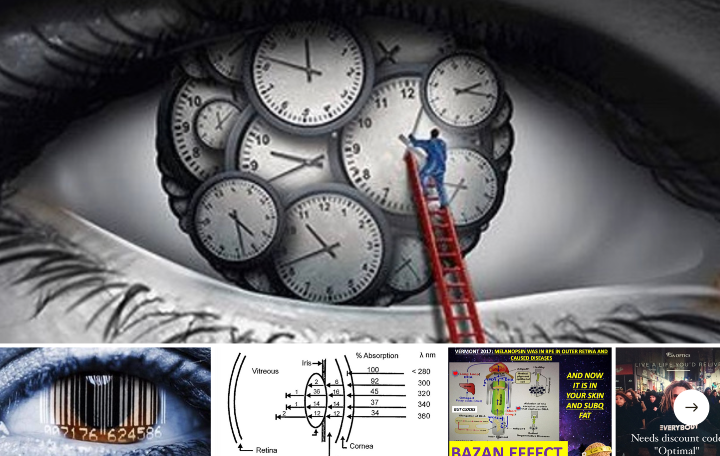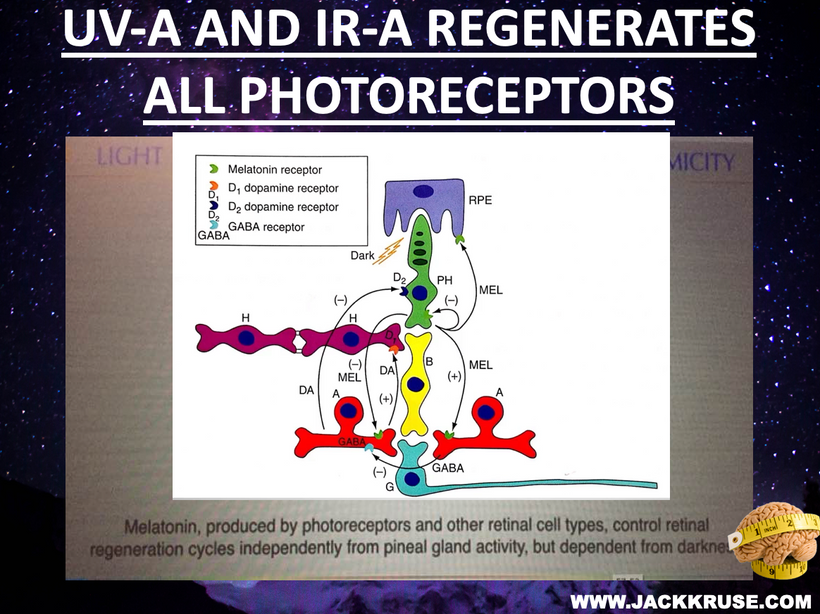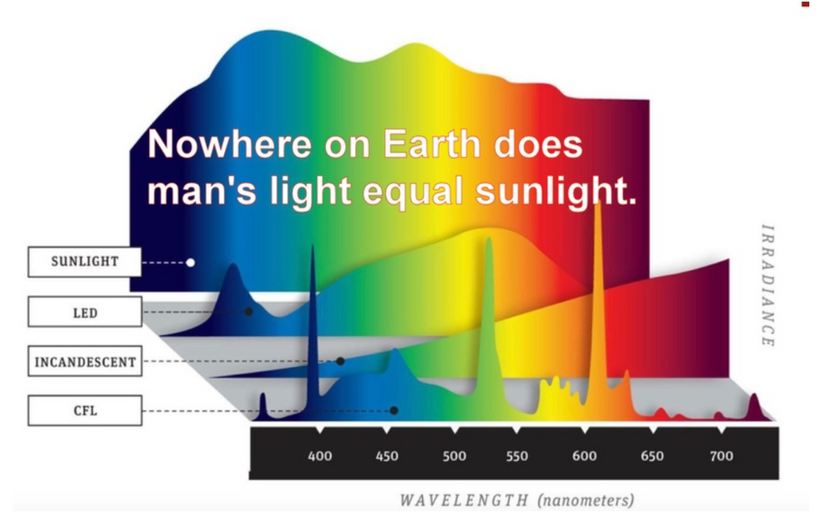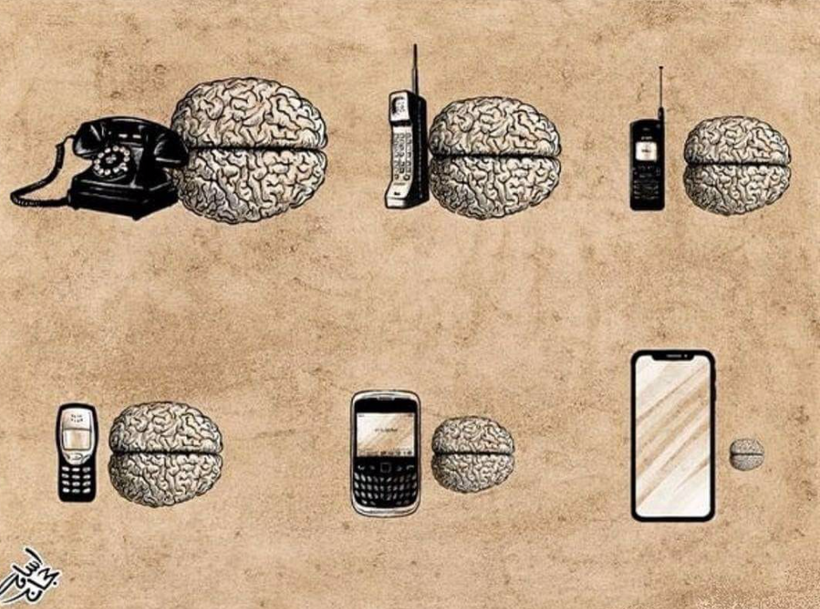Niels Bohr said, “Everything we call real is made up of things that cannot be regarded as real.”
And it was also Niels Bohr who said that “if quantum physics has not profoundly shocked you, you haven’t understood it yet.”
WHAT MAKES IT SO SHOCKING?
What makes quantum theory so “shocking” is the fact that it constantly rewrites everything we think we know about reality and the universe.
The word quantum gives us the first unusual thing about the theory. The quantum world has a lot in common with shoes. You can’t just go to a shop and pick out sneakers that are an exact match for your feet. Instead, you’re forced to choose between pairs that come in predetermined sizes.
The subatomic world is similar. Albert Einstein(opens in new tab) won a Nobel Prize for proving that energy is quantized. Just as you can only buy shoes in multiples of half a size, so energy only comes in multiples of the same “quanta” — hence the name quantum physics.
The quanta here is the Planck constant(opens in new tab), named after Max Planck, the godfather of quantum physics. He was trying to solve a problem with our understanding of hot objects like the sun. Our best theories couldn’t match the observations of the energy they kick out. By proposing that energy is quantized, he was able to bring theory neatly into line with experiment.
Let me give you a few more examples of what makes quantum physics so amazing and to some… so shocking.
1. The Wave Property Theory—“A quantum object (for example, an electron) can be in more than one place at the same time.”
2. The Collapse of the Wave Theory—“A quantum object cannot be said to manifest in ordinary time-space reality until we observe it as a particle.”
3. The Quantum Jump Theory—“A quantum object ceases to exist here and simultaneously appears in existence over there, without going through an intervening space.”
4. The Quantum Action-at-a-distance Theory states that “a manifestation of a quantum object, caused by observation, simultaneously influences its correlated twin object—no matter how far apart they are.”
If you think about these theories more deeply, they seem to have a more fundamental similarity to Eastern mysticism and psi phenomena than classical physics.
Quantum physics has demolished the long-held belief of classical science that we know what the real world is made of. Instead, it turns out, we know only our perception of it, rather than what it is in itself. We have mistaken the map for the territory.
This controversy goes back to the debate among ancient Greek philosophers on what constitutes reality, and whether it is possible for us to know its real nature.
Thales of Miletus, some 600 years before Christ, wondered whether reality was one or many. He said that all reality essentially consisted of one element—water because it exists in three states of matter, namely: solid, liquid, and gaseous.
Other philosophers joined the discussion with their own theories of the fundamental elements of matter.
Smaller particles
Then Democritus came along in 460 BC and said that the fundamental stuff of the universe beyond which we could go no further was the “atom,” which meant indivisible.
Of course, he was proven wrong many centuries later, when it was discovered that the atom consisted of still smaller particles.
Plato joined the discussion 30 years after Democritus. He said that we could never really know the nature of reality outside of our own idea of it.
He pointed out that reality as perceived by our senses was imperfect. It was but a shadow of the perfect reality which could be conceived only by our mind.
In the 18th century, the great German philosopher Immanuel Kant distinguished the noumena (the thing in itself) from the phenomena (the thing as perceived by our mind).
He said we can know only the phenomena but never the noumena.
Quantum physics forced the scientific community to start looking more deeply at what these ancient philosophers were quarreling about.
So, what is the ultimate constituent of matter? And is it possible to know its real nature?
Up to now, no one has come up with a universally acceptable answer to that question.
British physicist James Jeans said that the “stuff of the universe is mind stuff.”
And I think it was another British physicist, Sir Arthur Stanley Eddington, who said that “the universe is beginning to look more like a great thought than a great machine.”
This is because when quantum physicists started probing the smallest substance of matter, they found only empty space.
But how can something come out of nothing?
Another shocking finding of quantum physics is that it is not possible to observe an object (say, a subatomic particle) without changing or affecting the object you are observing. Subject and object are inextricably bound to each other and are not independent of each other.
So the neat, logical, and deterministic world of Newtonian physics does not exist in the smallest particles of matter. We can no longer be certain of anything. We can talk only in terms of probabilities. In Newton’s world where time was fixed and not relative, cause and effect are believed to be axiomatic. In Einstein’s world, where time is relative, quantu m mechanics tells us that cause and effect is an illusion.
It appears the flow of entropy has a lot to do with what we perceive in Nature.
What we normally call reality, is, after all, not real, in Einstein’s time relative Universe.
What else is shocking about the science that defines Nature?
Heat can pass through a vacuum.
How can heat flow if there is no matter?
The “heat” of the sun, as we know it here on Earth, is a byproduct of solar radiation which then transfers its energy to the Earth’s atmosphere.
For a long time, scientists believed that heat, as we experience it here on Earth, could not travel in a vacuum. But an experiment proved that to be wrong.
In a 2019 experiment, physicists took advantage of the fact that at the quantum scale, a vacuum isn’t really empty.
At a small enough scale, the researchers found that heat can travel through a vacuum by jumping from fluctuation to fluctuation through apparently empty space.
This experiment proved that heat can travel in a vacuum, disproving the belief that heat can only be transferred from a star to the planets in the form of radiation.
- The overlay is even bigger
Superposition is a phenomenon observed at the quantum scale. A particle (usually an electron) can exist in multiple places at the same time.
This in itself already proves the shocking reality of quantum physics.
But again, in 2019, an experiment applied the layering to 2,000 molecules of oligo-tetraphenylporphyrins enriched with fluoroalkylsulfanyl chains.
What most scientists thought was limited to the subatomic scale has been applied to a much larger scale.
- Cause and effect can sometimes work backward
Most scientists would tell you that reality as we know it works on a simple principle of cause and effect. And that it can never work in reverse, where the effect precedes the cause.
And although it has not yet been proven, some have presented data that suggests that the effect can sometimes determine the cause.
Researchers working on quantum gravity – a theoretical construct designed to unify the worlds of quantum mechanics and Einstein’s general relativity – have shown that under certain circumstances an event can cause an effect that happened earlier in time.
The researchers wrote…
Put a very heavy object (like a big planet) into a state of quantum superposition, and you can engineer some weird scenarios where cause and effect happen in the wrong order.
It would be like someone answering a question before you even asked it. Or that you are injured in an accident that still hasn’t happened.
- Quantum entanglement can now be observed
Another thing that most scientists thought was impossible to achieve. To be able to see two entangled particles.

This image is from the University of Glasgow.
What Albert Einstein described as “strange action at a distance” was photographed.
We can now see two entangled particles.
Quantum entanglement is a characteristic of the quantum world, which has been verified experimentally for a long time.
Two entangled particles, even if they are separated by great distances, can be influenced by affecting only one of these particles.
- The quantum computer has gone back in time
Most scientists would tell you that time only moves in one direction…forward.
Drop a bottle on the floor and when it breaks, the pieces don’t just come off. The scientific explanation is that a quantum wave function that spreads does not “de-spread”.
Except that she is “despread”.
Using a two-qubit quantum computer, physicists were able to write an algorithm that could send each ripple of a wave back to the particle that created it. Unwind the event and effectively reverse the flow of time.
These examples, and many more, take everything that mainstream scientists would have thought impossible to achieve, and show them that it is possible.
Quantum physics is constantly rewriting everything we think we know. All of Nature is based on quantum mechanics.
And it didn’t just shock a lot of people, some even go so far as to lock themselves in a state of total denial.
Personally, I find quantum physics fascinating. Mainly because it silenced many people obsessed with what they said was possible and impossible.
SUMMARY
What is life? Life is built around the complexity of how light powers electrons. Life is all about ionization. Ionization is the process by which an atom or a molecule in a cell acquires a negative or positive charge by gaining or losing electrons. This often in conjunction with other chemical changes from the action of electron movements and alterations in their charge. Light excites and powers electrons & protons to do some unusual things that cells depend upon.
In the simplest QFT that describes our reality, the quantum electrodynamics of Julian Schwinger, Shinichiro Tomonaga and Richard Feynman, there are only two quantum fields: the electromagnetic field and the electron field.
The inception of QFT is usually dated 1927 with Dirac’s famous paper on “The quantum theory of the emission and absorption of radiation” (Dirac 1927). Here Dirac coined the name quantum electrodynamics (QED) which is the part of QFT that has been developed first.
The Heisenberg uncertainty relation means that a quantum field cannot sit still. Instead, it froths and boils, a bubbling soup of particles and anti-particles, constantly created and destroyed. This complexity is what makes quantum field theory hard to comprehend. Even nothingness is difficult to understand in quantum field theory.
QFT is used in particle physics to construct physical models of subatomic particles and in condensed matter physics to construct models of quasiparticles. Life uses many quasiparticles to communicate via a nonlinear optics framework. QFT treats particles as excited states (also called quanta) of their underlying quantum fields, which are more fundamental than the particles.
Quantum Field Theory (QFT) is, at least in its origin, the result of trying to work with both quantum mechanics and special relativity. Loosely speaking, the uncertainty principle tells us that we can violate energy conservation by ∆E as long as it is for a small ∆t. Few know that the uncertainty principle does just refer to not being able to know the simultaneous position or velocity of particles and waves in Nature, uncertainty also tells us there is no determinacy between time and energy.
To me, life is erudition without bullshit, intellect without cowardice, courage without imprudence, mathematics without nerdiness, scholarship without academia, intelligence without shrewdness, religiosity without intolerance, elegance without softness, sociality without dependence, enjoyment without addiction, and, above all, nothing without skin in the game.
CITES:
https://www.livescience.com/34052-unsolved-mysteries-physics.html
